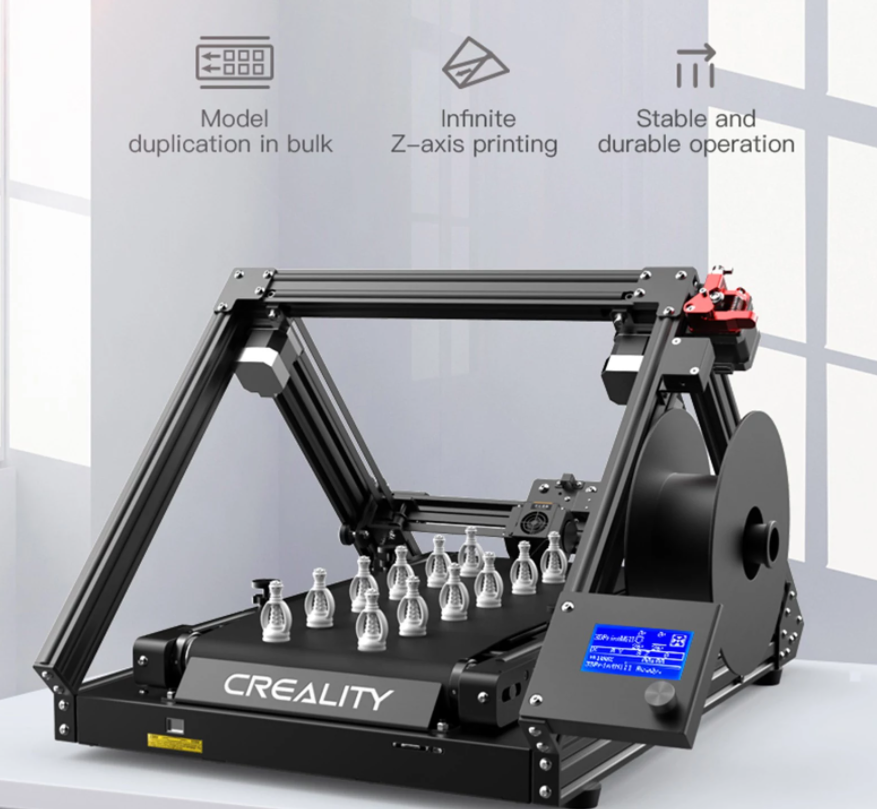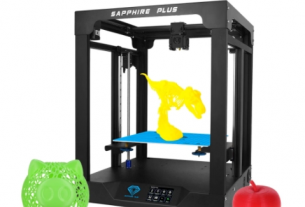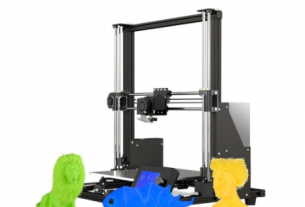Earlens is a medical technology company located in Silicon Valley, they are using 3D printing technology to improve design flexibility and shorten the time to market. At present, 3D printing, as a mainstream technology, has been used to manufacture various medical equipment, from skull implants to surgical tools, to help patients tide over the difficulties. Now, Earlens has launched an exciting new product that uses additive manufacturing technology to bring good news to the hearing impaired. Earlens has launched a unique hearing aid, which is currently the only hearing aid that uses light to activate the wearer’s natural hearing system, which is said to bring clear, natural and rich sound to the wearer.
Earlens hearing aids, which are partly 3D printed, are composed of three main parts: a photon processor, a light tip, and a lens. The otolaryngologist will put this small customized lens into the wearer’s ear. Placing the lens on the tympanic membrane will create surface tension. The photon processor surrounds the ear-worn microphone, picks up the sound and conveys the sound information to the light tip, which converts the sound into invisible light. When these light signals reach the eardrum placed in the lens, the human natural auditory system is activated, thereby producing a rich and complete auditory experience.
Earlens announced on September 7, 2016 that the company will adopt a new manufacturing execution system (MES)-iBASEt’s Solumina software, which will help Earlens continue to use 3D printing technology to innovate. Although 3D printing provides a large number of design and production advantages, the use of 3D printing in the medical field is still subject to strict rules and regulations. Fortunately, iBASEt is an expert in providing software solutions for highly regulated industries such as aerospace, defense, nuclear energy, and medical. Using their Solumina software will help Earlens implement 3D printing more safely, legally and effectively.
Solumina will be installed at Earlens’ corporate headquarters in California, USA. Solumina will be used to manage the production of products including all 3D printing operations. Earlens Vice President of Operations Mark Bishop said: “We are very happy to work with iBASEt and propose an innovative technology manufacturing infrastructure. Implementing MES/QMS solutions in the early stages of our business is a smart move, so that we can quickly Expand the scale of production to meet the growing demand for our products and maintain the pace of product design and functional improvement.”
Additive manufacturing is a new technology completely different from traditional methods. The use of 3D printing can provide manufacturers with many advantages such as better design flexibility, time to market, and cost control. The photon processor and light tip of Earlens hearing aids are fully charged with a dedicated wireless charger in only 4 hours, and its use time is 24 hours. The 3D printed hearing aid can automatically adapt to the wearer’s environment, minimize background sound and wind noise, and is equipped with four customizable programs. Feedback reduction technology, customized light tips and lenses, and easy-to-use buttons all contribute to a better listening experience.



